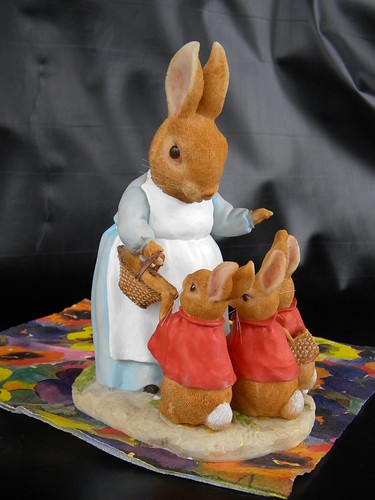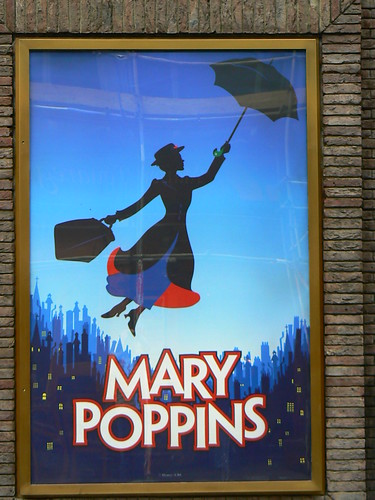Would you read a novel with more than a thousand pages? Could you even pick it up? In a modern world where any question can be answered in seconds and entertainment is accessible from a dozen different electronic devices, how long is too long when you're writing a book? Lots of writers struggle with writing full-length novels, because there's a whole lot of words involved, but at the opposite end of the spectrum you have a few who do something that's even worse: they write too much. If you're going to extreme lengths in your books, it might actually be a serious problem you need to address.
Book Length
I saw a forum thread, the other day, where a writer was asking how many words you have to write to technically create a book. I've addressed the question of
book length before, but I didn't address a big book problem that some writers don't even realize exists: going to extreme lengths.
When is a Book Too Long?
The longest actual novel ever written, according to some sources, is Clarissa, or the History of a Young Lady. The paperback version of the story (measuring at close to 9 inches) is 1,534 pages long. In total, the book is just shy of a million words long. I haven't read the book, so I can't say whether or not it's too long, but I can say this: I just plain don't have the time to find out.
Writers love to write, and good for you. But if you just let yourself go, you might end up with a few thousand (or even a few hundred thousand) words too many. When is a book too long? When I'm bored, that's when.
I don't think about the books I write in terms of pages or chapters; I think about them in terms of scenes. Each scene I write in my books serves some important purpose -- it conveys information, or progresses the story, in some way. For example, if I need to show a deep, history-filled relationship between two characters, I can convey that information over four different scenes if I like. I can write about the two going out together, maybe having an intense phone conversation, possibly talking together at school. But I can, just as easily, convey that information using just one scene.
I don't have the time, or the inclination, to read pages and pages of descriptions of the same thing or the same event. I don't necessarily need to go out to the club with the characters in your book four nights in a row to understand that this is how they live; you can write that scene brilliantly just once, and in one line say "we went out to the club again for the next three nights" without giving me a full blow-by-blow of similar events from the first scene. Unless something is actually happening, I don't need to waste a bunch of time reading about it.
With every chapter, or scene, or paragraph you write, ask yourself some questions to see if you're going to extreme lengths:
- Does the reader need this information?
- Is the reader getting this exact information anywhere else in the book?
- Is there a better way to convey this information?
- Does this serve a purpose that isn't being served by another piece of writing elsewhere in the book?
The world moves fast, and there are a ton of books in it. There's lots of stuff to read, and you want every moment of your book to be compelling, engaging and interesting. If readers feel like they're reading the same thing over and over, they aren't going to be very pleased with your writing.
The Epic Novel
That said, there is merit to be found in the epic novel. Gone With the Wind and Doctor Zhivago, for example, are giant books and they both became lengthy movies because of it. Yet both are popular, and well-loved, both in spite of and because of their size. Some stories are huge, and don't lend themselves to being split into multi-volume collections. If you are certain that every part of your book serves a purpose and there's nothing extra and it's still coming in at an epic length, then it's okay. Some stories just happen to be big, but you have to continuously be aware of your length and make sure you're doing everything to keep it reasonable and keep every page exciting. Don't write for writing's sake.
When a Book is Too Short
You don't want your book to be too long, full of unnecessary words, and boring. But on the other side of the coin, you don't want your book to be too short, either -- especially if you're going to charge full price for it. Young adult novels, children's books and short story collections are generally smaller in size than full-length novels, but if you're writing for an adult market you should have a story that requires at least 50,000 words. Nicholas Sparks' The Notebook weighs in at a mere 49,000 words, a length many publishing houses would consider a novella and not a full-length novel. Brevity is a fine quality, but you can't call something a book unless it actually is one.
Sometimes, you might need to take a little more time with your writing. Read your book, and make sure that your readers are going to "get" everything. You can write that "Gwen and Stacey were good friends from way back," but I won't really absorb that information well without the proper context. You'd be telling me, and not
showing me, this relationship. Why not write a scene of a memory from their past? Show me something that happened, something that illustrates this closeness, or perhaps how this friendship was forged. One sentence isn't likely to make a big impact, but a descriptive scene certainly will. I don't want to feel like I don't have a good handle on Gwen and Stacey's relationship the entire time I'm reading the book; I don't want to wonder about their history and feel like something's lacking. When a book is too short, it might be due to the fact that you aren't giving me enough information. See where your story might be lacking, and add the necessary scenes to paint a better (and bigger) picture.




























